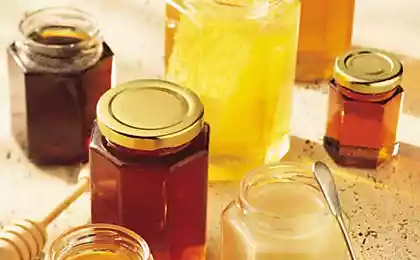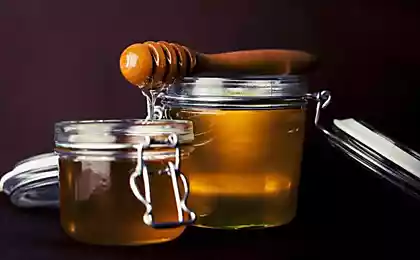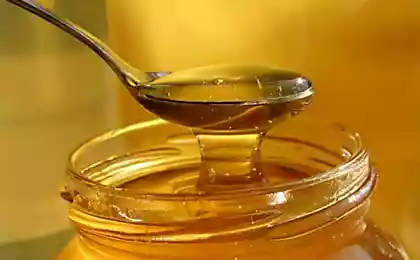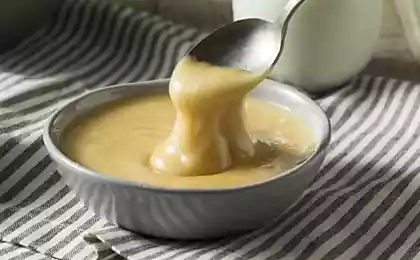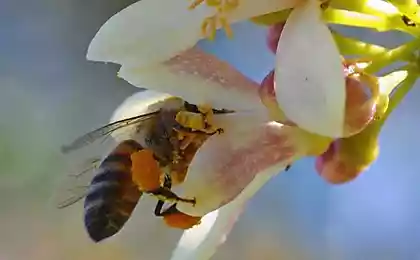631
How to determine the quality of honey
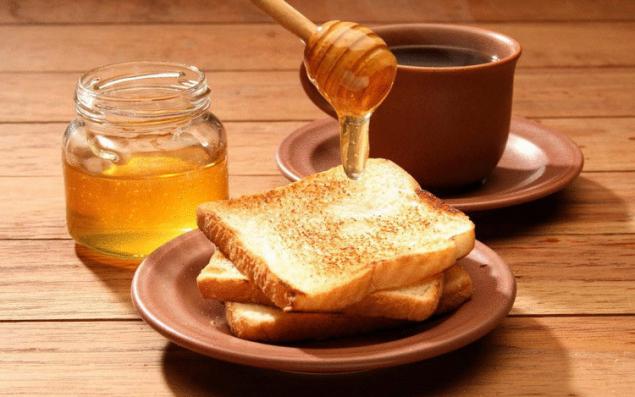
To select the high-quality honey, you need to know at least the main features of its naturalness and the standard requirements for its physico-chemical composition.
Methods of determining the quality of honey when purchase
Some of the ways of falsifying or hiding the shortcomings of low-quality honey is hard to identify even in the lab.
It is much easier to describe the main characteristics of honey of good quality, are worth paying attention to when buying.
So Mature honey, the honey is pumped from the honeycomb after the end of active biochemical processes, there is never a liquid. Liquid, pouring the honey is only acceptable in the summer season and in that case, if the bees collected high-quality honey from the white acacia or clover.
If the fall honey remains fluid, it clearly indicates that the honey was prematurely extracted from the honeycomb, and it has excessive humidity.
The honey should have a pleasant clean smell. Honey is often adulterated or even odorless, or has an extremely harsh, "chemical" flavor. (However, some exotic varieties of high-quality honey for example, honey collected from "Ivan-tea" you can never have a smell).
Quality honey must not contain particles of chitin bees, pollen, wax, pollen. Quality honey should not have air bubbles in the mass.
If the honey has no impurities, but there are air bubbles, this means that last year's honey is warmed and filtered to "remove" crystallization and to give the honey of the new harvest. This honey initially could be very good, but after heating the honey does not leave any biologically active substances.
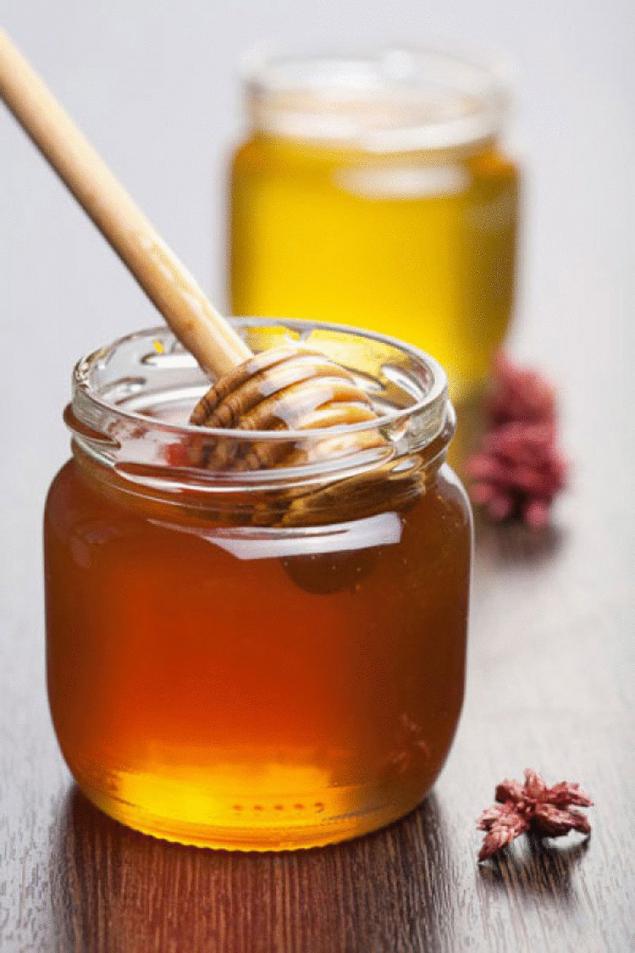
To be fair, it should be noted that in the EU, however, as the Ukrainian supermarkets, on sale exclusively filtered honey, as most of the allergens contained in the pollen and animal inclusions in honey. In culinary terms, such honey is not inferior to the familiar to us "honey directly from the apiary". Although, to use this med as a preventative and restorative means it is useless.
The method of determining the "maturity" of honey
This method was used by our grandparents. Should be dipped in honey chemical (cosmetic) pencil. Too soon deflated honey colored pencil.
Ways to determine the most common adulteration of honey at home
At home you can test the honey for the most common counterfeit products – sugar syrup, starch, flour, chalk, and evaluate the contents diastase. (This enzyme carries out the cleavage of starch into simple carbohydrates. Itself a diastase in honey is of no value, since similar enzymes are in abundance contained in the saliva. However, the concentration of diastase allows us to estimate the duration of storage of honey, this enzyme is stored in the honey is not more than six months).
Sometimes unscrupulous beekeepers put in front of the hive and a container of sugar that the bees will fill the honeycomb. This honey looks almost indistinguishable from quality.
Although high concentrations of sucrose can be determined by simple analysis using silver nitrate – "silver nitrate". Lyapisny pencil you can buy at the pharmacy (as a means for removal of warts).
Dilute the honey with water in a ratio of 1:20 and add a little silver nitrate. Sedimentation is a sign of the high content of sucrose.
It is even easier to determine the addition of flour as a thickener in low-quality honey. It just needs to be diluted with water in proportion 1:3 and allow to settle. The flour will precipitate.
With chalk and starch is somewhat more complicated. These impurities can be a long time to stay in suspension (a cloudy solution when diluted can be considered a sign of tampering – often even the quality honey gives a cloudy solution).
For the determination of chalk in diluted honey, you need to add a few drops of dilute inorganic acid. If properly honey is an admixture of chalk, the liquid "boils" with the release of carbon dioxide bubbles.
Additives starch is easy to recognize by adding the solution of honey a drop of iodine. If honey of poor quality, he painted in blue.
Quantification diastase in honey
In fact it's slightly complicated test for starch. Dilute the honey with water in a ratio of 1:2 and add a little 1% solution of starch. Put the honey for an hour in a water bath with a temperature of 35-40°C (it's easier to just put in the honey container, which will be constantly flowing hot water from the tap).
The solution was then cooled and added iodine. If the honey is fresh and high quality, the diastasis will break down starch and staining will not occur.
source
Source: /users/413
The Turkish designer presented a unique robot vacuum cleaner
Innovative coating that extends the life of thermal solar panels

